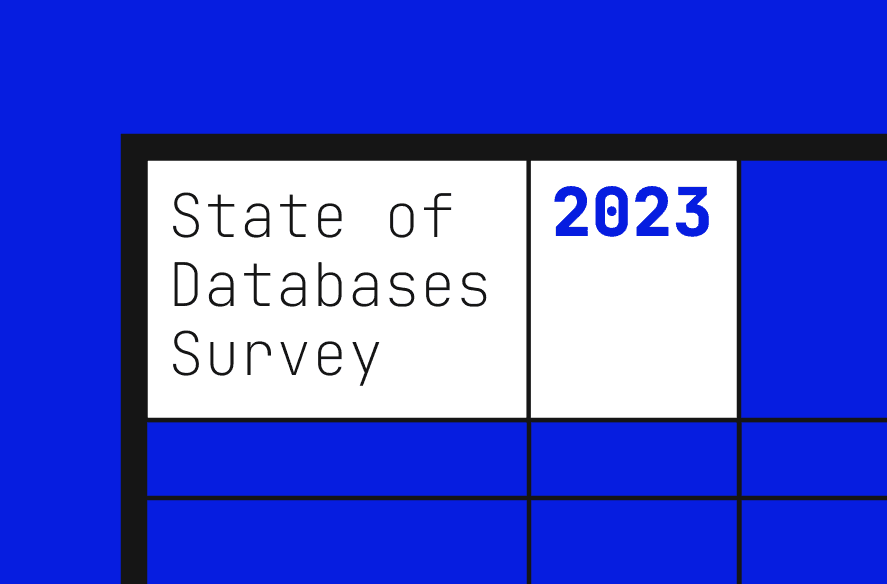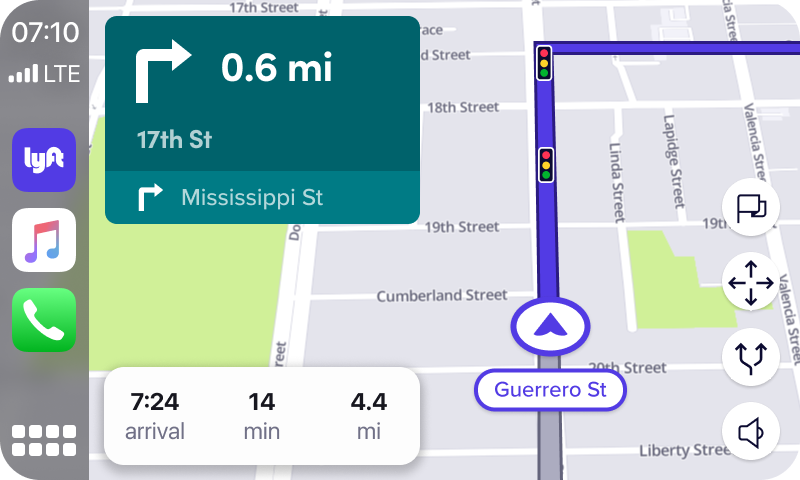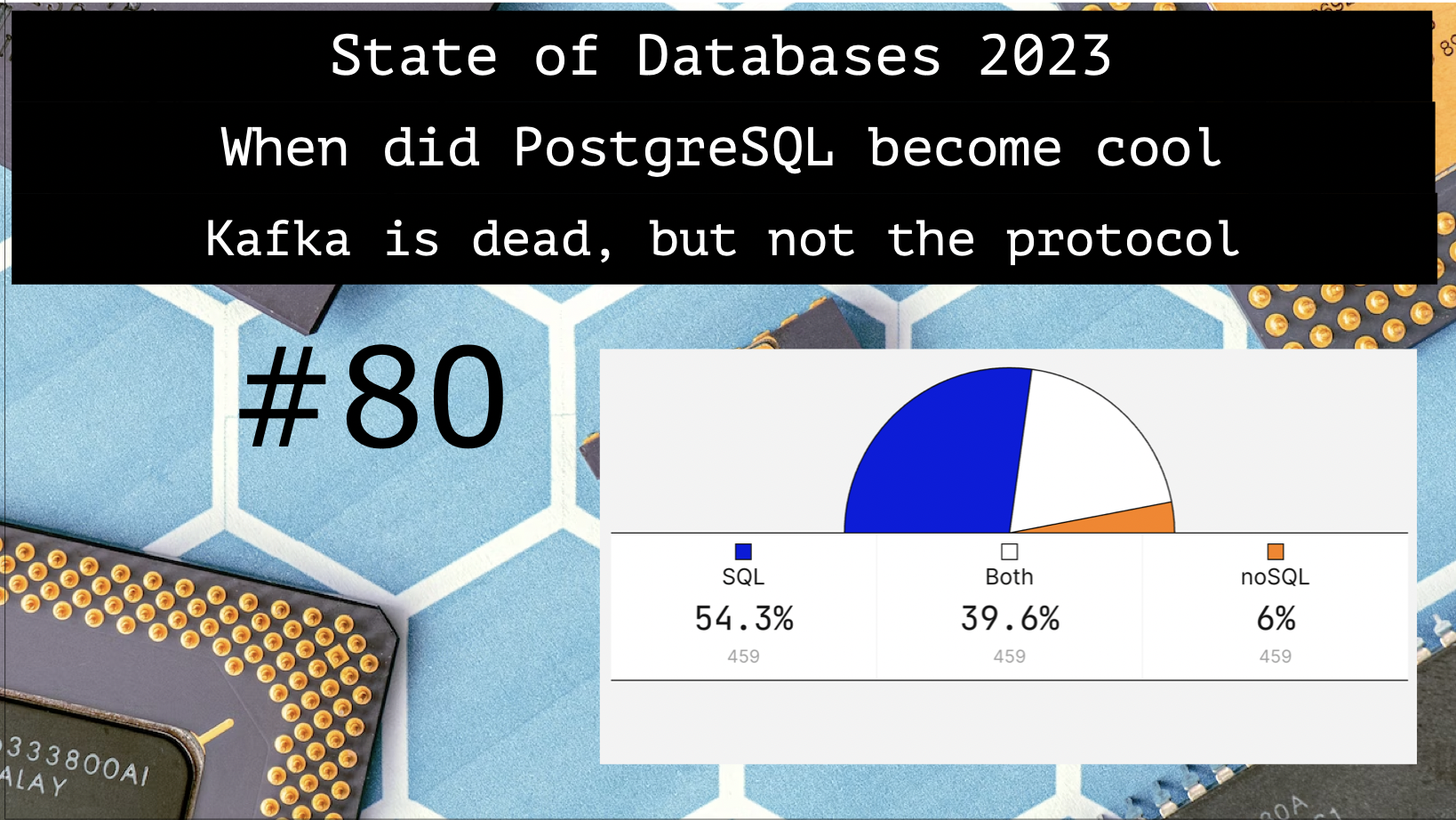Architecture Weekly Issue #80. Articles, books, and playlists on architecture and related topics. Split by sections, highlighted with complexity: 🤟 means hardcore, 👷♂️ is technically applicable right away, 🍼 - is an introduction to the topic or an overview. Now in telegram as well.
WARNING 🇺🇦
It's already been a year since Russia's crazy, brutal and unjustified war against Ukraine. We condemn this war and want it to stop ASAP. We continue this newsletter so you can advance your skill and help the millions of Ukrainian people in any way possible. If you want to help directly, visit this fund.
Big thanks to Nikita, Anatoly, Oleksandr, Dima, Pavel B, Pavel, Robert, Roman, Iyri, Andrey, Lidia, Vladimir, August, Roman, Egor, Roman, Evgeniy, Nadia, Daria and Dzmitry for supporting the newsletter. They receive early access to the articles, influence the content and participate in the closed group where we discuss the architecture problems. They also see my daily updates on all the things I am working on. Join them at Patreon or Boosty!
Highlights
State of Databases 2023 👷♂️
Every software solution has a database behind it. Even mobile applications are frequently using SQLite to store the data for offline access or caching. It is interesting, what databases companies are using for their solutions, what technologies are applied on top of it and what database technologies are known to people. Find all of that in the State of Databases report!

#db #report
When Did Postgres Become Cool? 🍼
Speaking of the databases, PostgreSQL is now a default choice for many architects I know personally. How it happened - find in a brief history journey which actually contains the features of this database, like pub/sub, JSONB support and others.
#db
Kafka is dead, Kafka protocol - not so much 👷♂️
A year ago we were evaluating Kafka for one of the use cases in Bolt, and decided it will be too complicated and costly to manage properly. Maybe we were right. WarpStream announced the Kafka protocol on top of any common storage(S3, Azure Blog Storage, Google Cloud Storage) which claims to bring all the Kafka benefits without the hustle, associated with it's management. Are they right? Find out in the article!

#kafka #streaming
Follow-Up
Frugal Software Architecture. Part 4: Embracing Lean and Agile Approach 🍼
One of the principles of Frugal Software Architecture is Embracing Lean and Agile approach. And if you think about it, it makes a lot of sense: in order to be frugal and cost-efficient you need to move iteratively, eliminate waste and focus on quality. Find out the piece where I dwell into this principle.

#frugal
Unpacking Observability: The Observability Stack 👷♂️
If you wonder, what components should your observability solution consist of, you would appreciate the article on the Observability Stack, where Adri Villela explains how OpenTelemetry will allow you to build the observability with the flexibility of using different vendors to make the holistic solution. Find details inside.

#observability
Understanding Real-Time Application Monitoring 👷♂️
Continuing on the topic of monitoring, I am sharing the article with the list of the valuable metrics that you would like to monitor your application against. Coming from the Expedia group with 3 world-wide brands, the list is clear and comprehensible.
#observability
Being first to market with rideshare on CarPlay and Android Auto 🍼
Sorry folks, can't help but sharing the casestudy from the relevant domain: ride-hailing. Lyft Engineering posted an article how they partnered with Google and Apple to design the automotive solution for their drivers, doing this with a small team. Also serves as a good follow-up on the article about should you actually build your own maps. Impressive achievement!

#casestudy
Investigating iOS security vulnerabilities 👷♂️
iOS is treated as a secure OS, and then application developers think they can skip on applying proper security control, because "the OS is secure enough". They could never be so wrong. In my new article, I investigate the inherited vulnerabilities of iOS and what you should do about it.

#ios #mobile #security
Riverbed: Optimizing Data Access at Airbnb's Scale 👷♂️
In the bustling digital corridors of Airbnb, as the platform expanded and evolved, a challenge emerged. The intricate web of their Service-Oriented Architecture (SOA) began to tangle, especially evident when their payment system transitioned. Enter "Riverbed" - Airbnb's shining knight in digital armor. This innovative data framework, birthed by Sivakumar Bhavanari and his brilliant team, promises to turbocharge read performance and untangle complex data webs. With its Lambda architecture and a sleek GraphQL interface, Riverbed is not just a tool; it's a revolution. It processes billions of events daily, becoming the backbone of many Airbnb features.

#data




